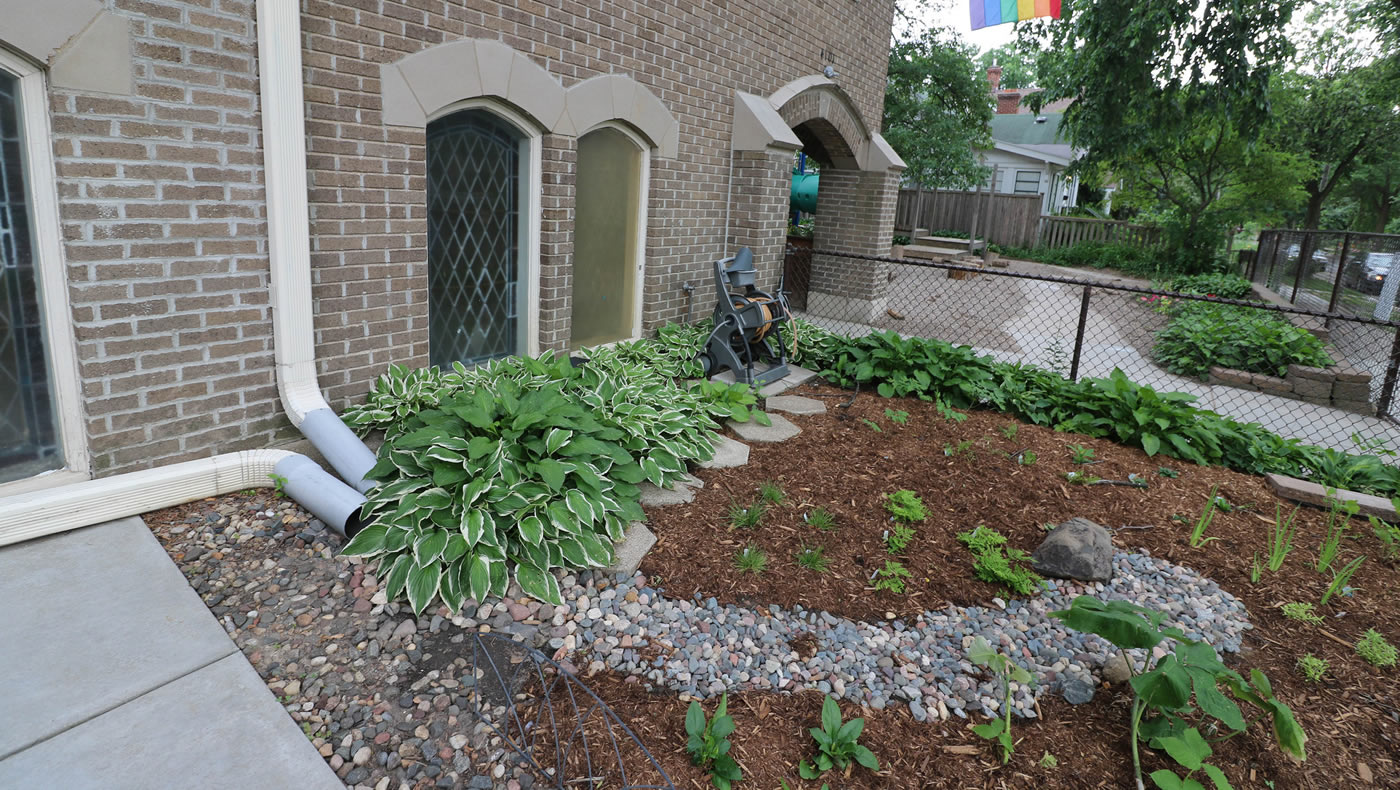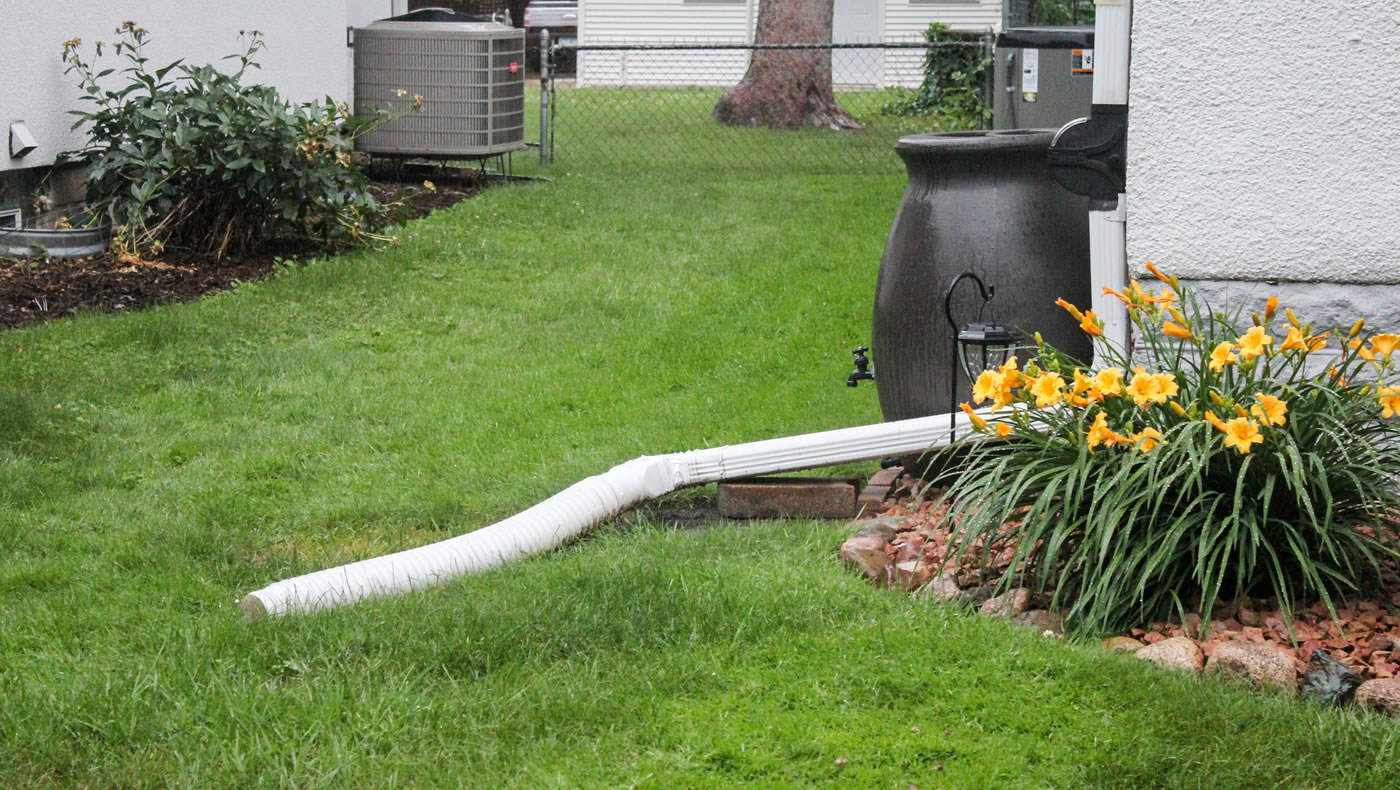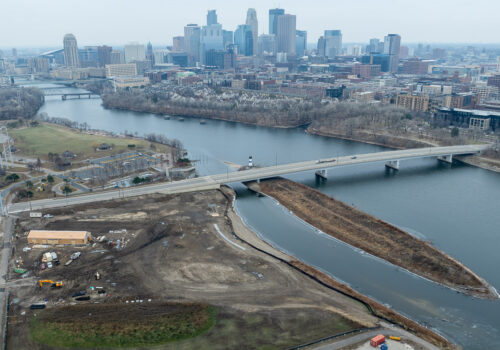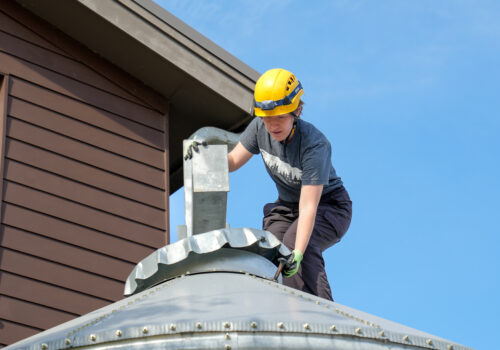News / March 30, 2023
How to Reroute Your Gutter Downspouts to Protect Rivers and Lakes (and Your Foundation)

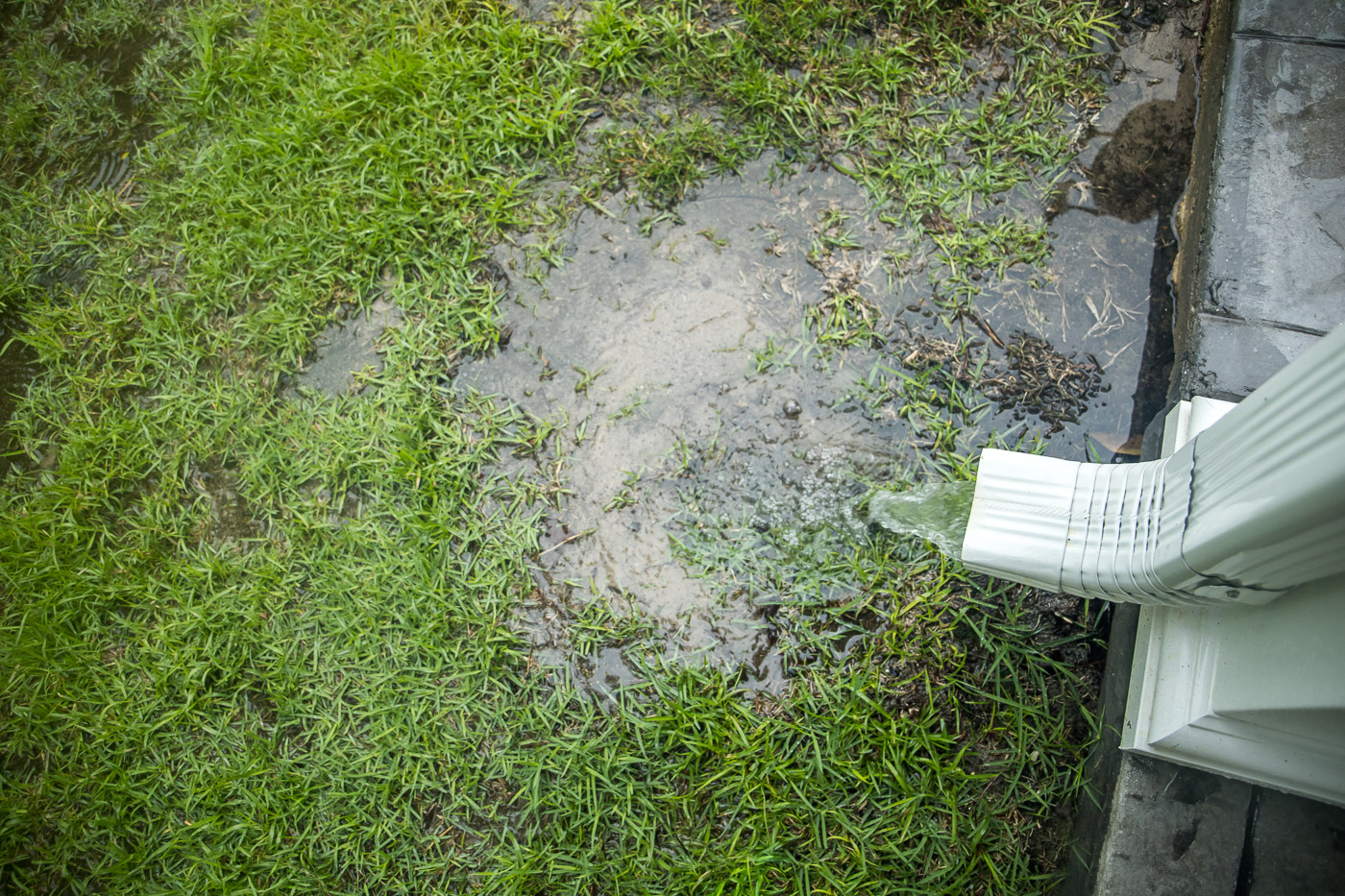
For the environmentally conscious homeowner, there’s no shortage of creative ways to manage stormwater runoff. From rain gardens and rain barrels to French drains, dry wells, and deep-rooted native plants and trees, there are all kinds of options to capture and treat runoff at home.
But what if you’re not much of a landscaper? Or what if you’re renting a house and your landlord doesn’t want you digging up the yard?
Don’t worry: The simplest solutions are sometimes the best. And the simplest, lowest-cost way you can help protect local rivers and lakes from pollution is by redirecting your gutter downspouts toward vegetated spaces where the water can soak into the ground.
Where Does Rainwater Go?
During a rainstorm, your gutter downspouts convey rainwater from your roof out onto the surrounding landscape. Where that water ends up — and what pollutants it picks up along the way — can have a big impact on the environment.
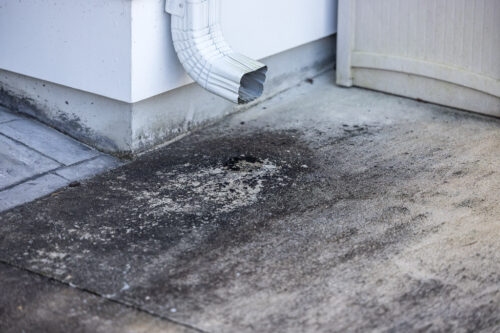
For example: Let’s say your downspouts are pointed at your driveway. When it rains, the water runs over the driveway, out to the street, and down into the nearest storm drain. Along the way, it might pick up a host of pollutants: trash, sediment, phosphorus, nitrogen, chloride, fecal coliform bacteria, heavy metals, and hydrocarbons, to name a few.
What happens next? In our watershed (and in most U.S. cities*), that polluted runoff flows through storm sewers and drains directly into a nearby lake, river, or wetland — with no treatment. Our water quality monitoring team devotes much of its time to chronicling the impacts of this polluted runoff, and most of our funding is spent on green infrastructure projects designed to reduce it.
On the other hand, if you can redirect or extend your downspouts to an area where the water can harmlessly soak into the ground, you can help reduce the amount of polluted runoff reaching those same bodies of water. The soil will filter out the pollutants and the water will move through the ground until it reaches the water table. As a bonus, any plants, trees or other vegetation in the area will soak up a portion of the water to use as fuel for growth.
This isn’t always an option for everyone. (We’ll discuss the reasons why below.) But for many residents, simply redirecting a downspout or two might be the simplest, fastest, and most cost-effective way to help protect water quality at home.
Getting Started — Knowing Where Your Runoff Goes
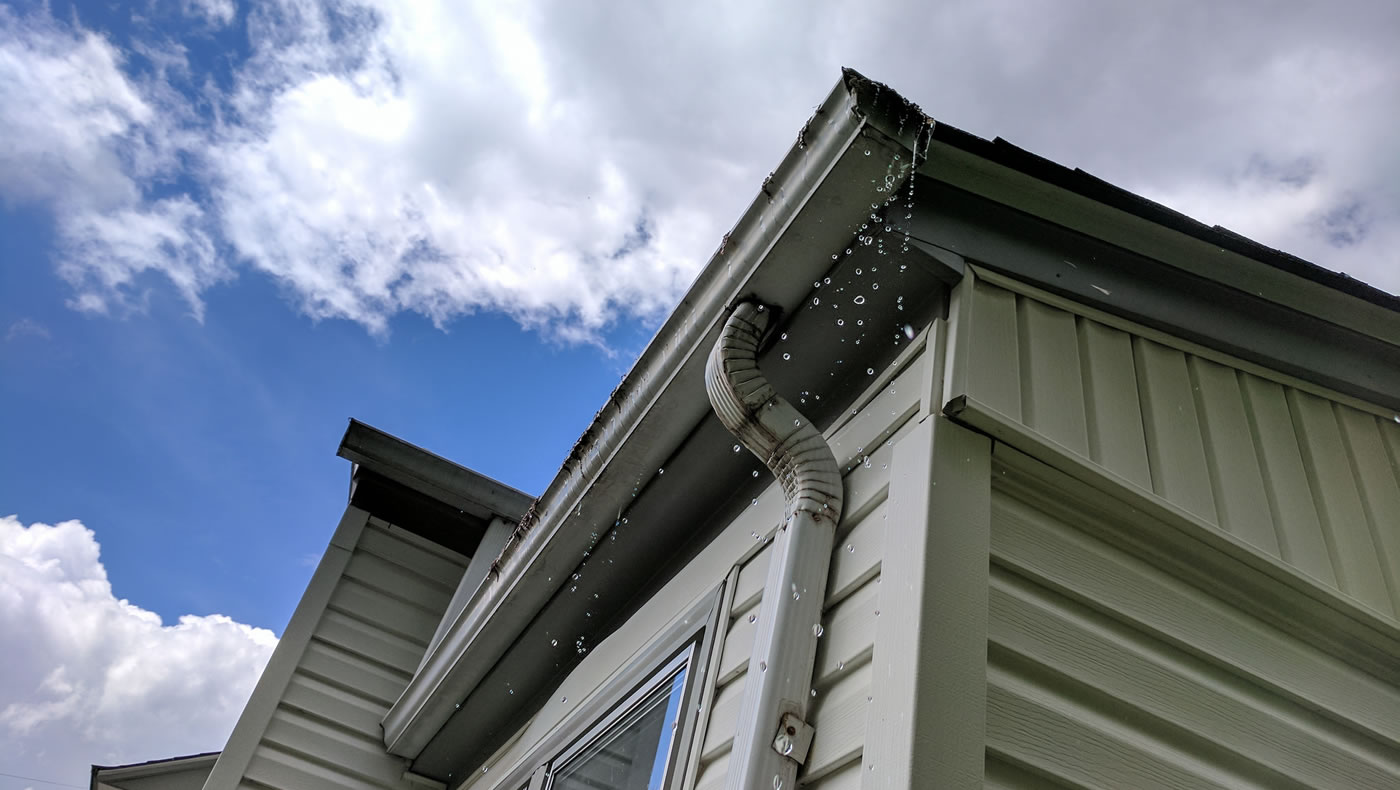
You might be surprised how much water runs off of your roof in a given year.
In Minneapolis, a home with a 1,500-square-foot roof will generate approximately 1,000 gallons of runoff per 1-inch rain event. Since Minneapolis gets nearly 31 inches of average annual precipitation, that single home can generate 31,000 gallons of stormwater runoff each year.
The Purpose of Gutters & Downspouts
The primary purpose of your gutters and downspouts is to direct all of this stormwater runoff away from the foundation of your house. This helps prevent flooding in basements and protects the house from water damage. It also protects the landscaping around your house from being eroded by constant dripping. (If your house lacks gutters, you might notice a “drip line” around the perimeter of your home.)
Unfortunately, many gutter downspouts direct the runoff in ways that negatively impact the environment. As an eco-friendly house-dweller, your goal is to soak as much of that water into the ground as possible — while keeping it away from the foundation of your house (or that of your neighbors).
Protecting Your Foundation
To accomplish this, let’s first take stock of your current drainage situation and what opportunities you have for better managing your runoff:
- Take a walk around your yard and make a note of each gutter downspout and where it’s pointed. Are your downspouts pointed toward hard surfaces or vegetated areas?
- Take note of the high points and low points in your yard. Which direction will the runoff flow when it exits each downspout?
- When it rains, grab an umbrella and walk around your yard. Is the water flowing the way you expected? Is it pooling in any low spots? Are any of your gutters clogged or leaking? Is your runoff going into your neighbors’ yards, or theirs into yours?
Tip: Use your smartphone to record photos or video of anything interesting or unexpected.
Redirecting the Flow — Strategies and Troubleshooting for Rerouting Your Gutter Downspout
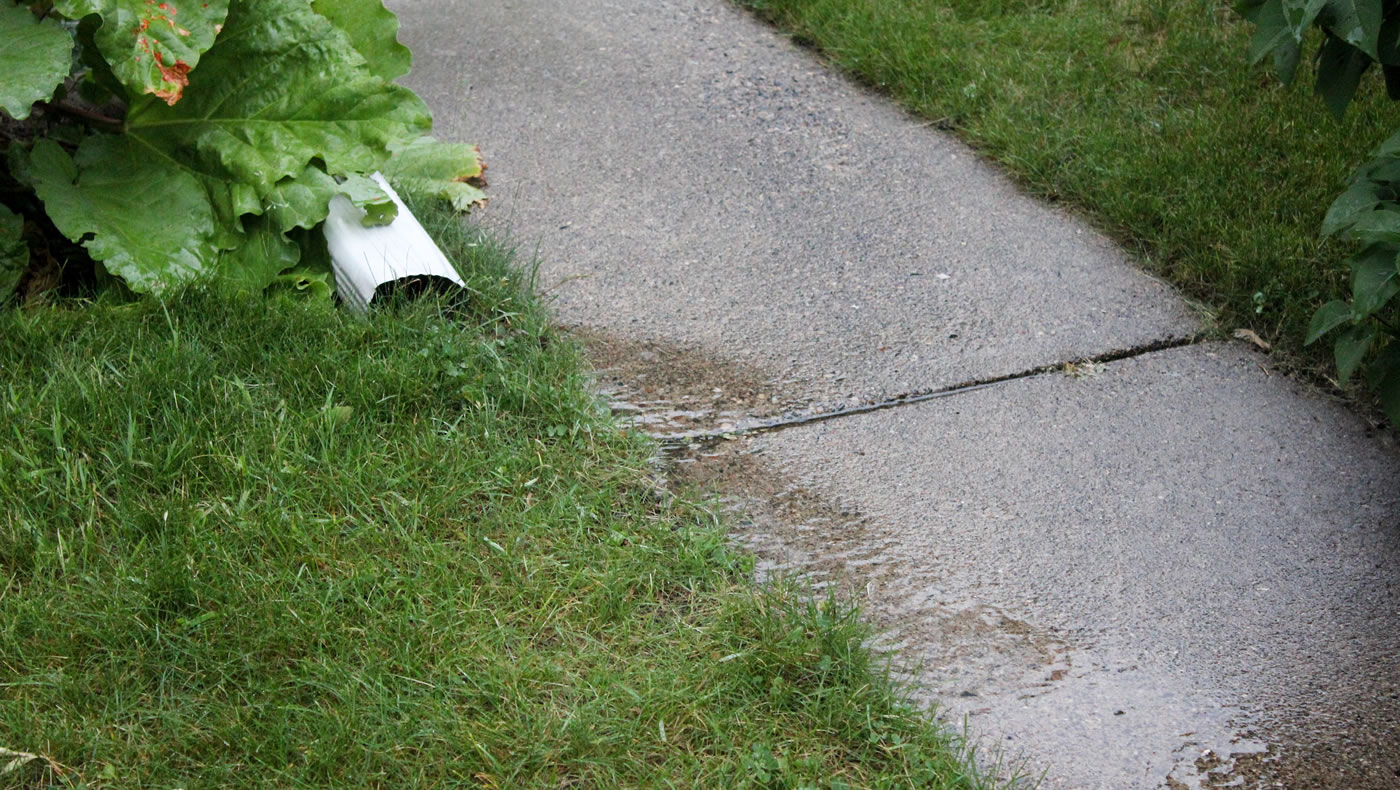
You should now have a pretty good mental map of your yard’s hydrology. Observing where and how quickly your stormwater runoff exits your property will help you identify any opportunities to better manage your runoff on-site. Now, let’s try to redirect your runoff to somewhere it can soak into the ground.
Using Downspout Extensions
An easy way to get started is by experimenting with a flexible downspout extension. These come in a variety of lengths, shapes, and colors; generally, an investment of about $8–$12 at your local hardware store will allow you to extend your downspout by 4 feet or more in any direction. These downspout extensions can typically be installed without any hardware (although a couple of screws will help secure them for long-term use).
Look for a grassy or vegetated spot in your yard and see if you can divert your roof runoff to it using your downspout extension. Try to pick a spot as far away as possible from any building foundations and that doesn’t have any bare soil that could erode and be washed away (such as in the feature image at the top of this page).
After you’ve installed your downspout extension, pay close attention to what happens when it rains. Is the water going where you intended? Is it soaking into the ground? Is it pooling in a low spot on the landscape? Is it carrying leaves, grass clippings, or sediment away from your yard and toward the street?
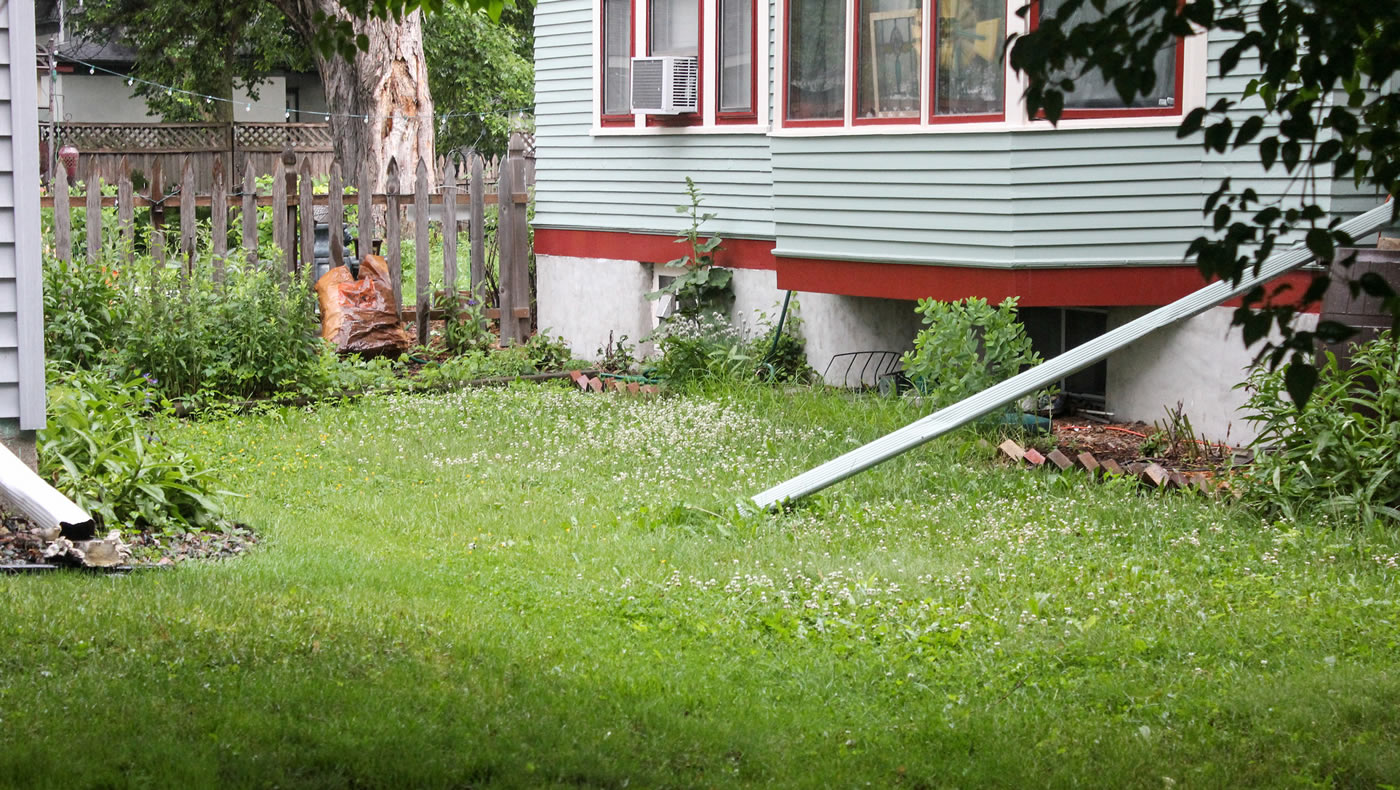
Although much of our watershed was historically blessed with sandy loam soils that readily soak up the rain, many decades of urban development have resulted in areas that are compacted and/or mixed with clayey soil and other urban fill materials that are less porous. Even if it looks like your yard isn’t soaking up stormwater, you still have some potential options.
Creating a Rain or Native Plant Garden
If you observe rainwater pooling in a low spot in your yard, consider installing a rain garden or native plant garden in that location. Rain gardens have deep-rooted native plants that not only soak up the water but also help break up compacted soil, making it easier for water to infiltrate into the ground.
Before you build a rain garden, you might want to perform an infiltration test on your soil. This video demonstrates a simple infiltration test method you can do at home without any special tools. You could also try a mason jar test to help determine the content of your soil.
That’s a lot of information about a pretty basic concept, but remember: this is the probably the lowest-hanging fruit when it comes to managing stormwater runoff in an earth-friendly way at home.
Getting Creative with Landscaping
If you feel like you’re ready to take the next step, you can combine downspout redirection with some creative landscaping (see the photos below). You can visit our preventing water pollution section to learn more. For those who want to get serious about creating a sustainable landscape at home, we also recommend taking a Blue Thumb Resilient Yards workshop.
*According to the U.S. Environmental Protection Agency, more than 80 percent of Americans live in areas with separate storm sewer and sanitary sewer systems.
